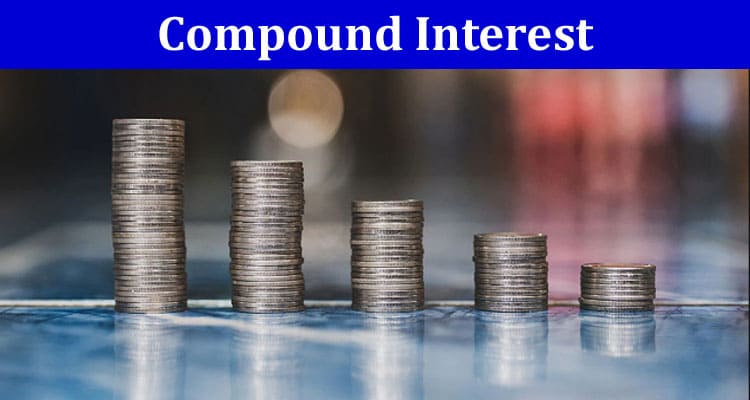In the vast mosaic of financial concepts, compound interest stands out as a dazzling tile, reflecting the potential for growth. Many equate it with the magic of a snowball rolling down a hill, accumulating more snow (and mass) as it continues its descent. However, let’s momentarily shift our attention from this well-trodden analogy. Instead, envision a garden. Each seed you plant today might sprout a solitary shoot, but with time, care, and a little patience, it can transform into a sprawling tree with numerous branches and offshoots. Now, picture each branch as interest, branching out to produce more twigs (or interest on interest). This intricate web of growth is the essence of compound interest.
Now, you may wonder, “Why the reference to the best unsecured personal loan in the context of compound interest?” Well, when taking out such a loan, one must bear in mind the power of compound interest. If left unchecked, interest on loans can accumulate just as it does on investments, leading to larger repayments over time. However, by understanding the nature of compound interest, one can strategize repayments and manage loans more effectively.
The Roots: More on the Fundamentals of Compound Interest
Before we delve into the intricacies of our metaphorical garden, it’s crucial to grasp the basic idea behind compound interest. At its core, compound interest refers to the interest calculated on the preliminary sum (the principal) and on the accrued interest on or after preceding episodes.
Let’s say if anyone start investing $1000,with an interest rate of 10% per annum, compounded yearly. You will receive $100 in interest during the first year, bringing your total to $1,100. During the following year, you’d receive interest not objective on the main $1,000, and you will get $100 interest as soon as the first year ends, resulting in a total of $1,210. This amount grows exponentially at the end of the year.
Branching Out: Real-world Impacts of Compound Interest
Imagine a traveler setting out on a journey across the desert, carrying a flask containing a unique liquid. Each day, the volume of this liquid doubles. On the first day, there’s just a drop. By the second day, two drops. On the third, four drops, and so on. This traveler’s journey across the desert becomes progressively easier as the liquid multiplies, ensuring he never runs out of sustenance. Similarly, an investment with multiple interests provides increasing returns over time, making the financial journey smoother.
In a real-world scenario, consider two friends: Alex and Jordan. Alex starts investing $200 a month during your age 25 at an annual rate of 6% compounded monthly and stops at age 35. Jordan begins at age 35, investing the similar quantity and rate, but continues till age 65. By retirement, even though Alex invested for only 10 years compared to Jordan’s 30, due to the power of compound interest, Alex’s investment would have grown significantly more.
Nurturing the Garden: Maximizing the Benefits
To truly benefit from compound interest, one must be patient, consistent, and start early. The longer your investment must grow, the more profound the compounding effect becomes.
- Starting Early: Just like a tree takes time to mature, so does your investment. The sooner you plant that seed (or start investing), the more time it must grow.
- Regular Contributions: Regularly watering the garden, or in this case, consistently adding to your investment, can significantly increase your returns.
- Reinvesting Interest: Allow the interest to remain in the account instead of withdrawing it. This way, the interest earns more interest, leading to exponential growth.
In Conclusion
Compound interest is more than just a mathematical concept. It’s a testament to the power of consistency, patience, and time. While it’s often likened to the snowball effect, viewing it through the lens of a constantly growing garden offers a refreshing perspective. Like a gardener tending to his plants, nurture your investments, understand the intricacies, and watch your financial future blossom.


